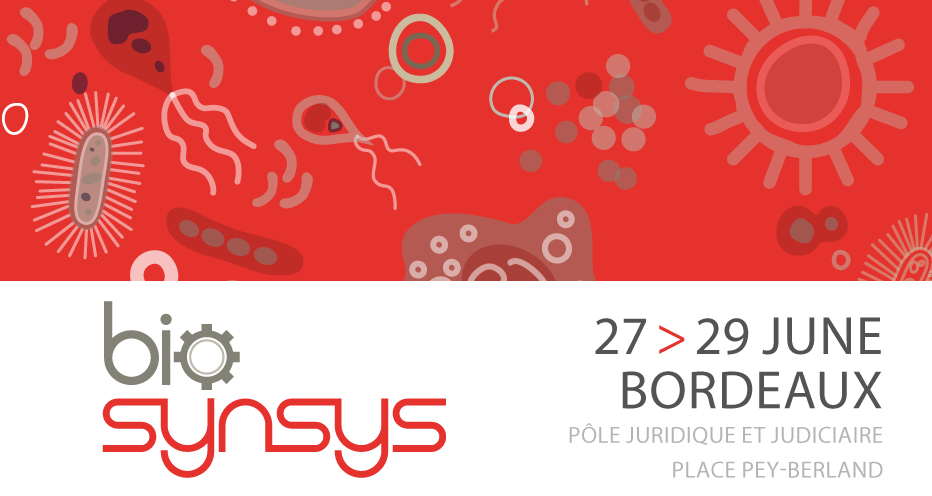De novo protein design has been implemented with the aim to provide new functions to artificial proteins beyond the ones accomplished by Nature. Towards this goal, over the last two decades intense research efforts have been devoted to identify artificial folded architectures (i.e. foldamers) exhibiting well-defined secondary structural preferences and thereby capable of reproducing the structural complexity of natural folding such as helices and beta-sheets.
A high number of foldamer backbones are now available, and their high predictability and tunability constitute a great potential for their future applications. However, the design de novo of complex tertiary/quaternary structures using a foldamer-based approach has proved exceptionally challenging. Alternatively, one can consider interfacing synthetic foldamers with natural proteins by replacing a folded segment of a target protein by a complementary foldamer structure.
In this work we have designed a composite protein tertiary fold by swapping the natural α‐helical (metal‐binding) domain of a zinc finger motif by a non‐peptide helical foldamer segment (e.g. peptidomimetic aliphatic N,N'‐linked oligoureas). As a first target we selected the third domain of the transcription factor Zif268. This protein which has been extensively studied adopts a well-defined and well characterized tertiary fold and display unique DNA–binding properties.
We have investigated synthetic approaches to access this chimeric zinc finger domain, and have studied in details its metal binding properties, the effect of this ‘a- to urea- helix swap' on the overall folding, and herein we will report the first structural elucidation of this a,urea-composite protein domain in solution.

 PDF version
PDF version
